The science behind Animal Collective's new cover
Comments: +
April 15 2009
If you haven't seen the cover art for Merriweather Post Pavilion yet—the new album from the Baltimore-based psych-folk band, Animal Collective—you might want to grab a barf bag and check it out here. For the rest of you, I'll save you the headache (for now).
The cover features a repeating pattern of "leaves" that appear to move in waving motion. I have to admit, when I first saw the cover in iTunes, I thought I was looking at an animation. But, of course, I came to the realization that it's actually an optical illusion, which is based the works from Japanese psychologist Akiyoshi Kitaoka. Whoever said science has no place in rock 'n' roll?
Akiyoshi Kitaoka (born 1961) is a Professor of Psychology in Kyoto, Japan. After receiving his PhD in 1991, he specialized in visual perception and visual illusions of geometrical shape, brightness, color, in motion illusions and other visual phenomena. He became renowned through his "Rotating snakes" illusion in 2003.
So, how does it work?
The perceived movement in the cover art is caused by an anomalous motion illusion. It really comes down to 2 basic things: the leaves' outline, and the leaves' rotation. The leaves are placed evenly among a grid (fig.1), the pattern you see is a result of varying rotations. The half black/half white outline (fig.1) creates conflicting luminosity (the color of the leaves and background are not relevant, the effect works just as well in grayscale). To show the importance of the outline, I have removed the outline below (fig.2). As you can see from the full size, the illusion is gone.
The conflicting luminosity from the rotation of the leaves (and their outlines) artificially activate motion-detecting neurons in the brain. The result is your brain being fooled into seeing "motion" in a static image.
It is known that patterns with a certain amount of regularity and repetitiveness (such as this one) will excite a large number of neurons in parallel, enhancing the impression of motion even further. As visible above, a small selection of the leaves is insufficient to generate noticeable motion, but the massively parallel signals from the highly repetitive patterns together produce a strong perceived motion. The effect works best when the image is viewed in full size, letting your eyes wander around the image.
The direction of the movement is based on the rotation of the elements. In the following example by Paul Nasca (fig.3), we can see how the rotation (fig.4) affects the illusion.
Not dizzy yet?
Here are some more illusions from Akiyoshi Kitaoka.
"Infinite infinite staircase" (from Kitaoka's new works March 13, 2009)
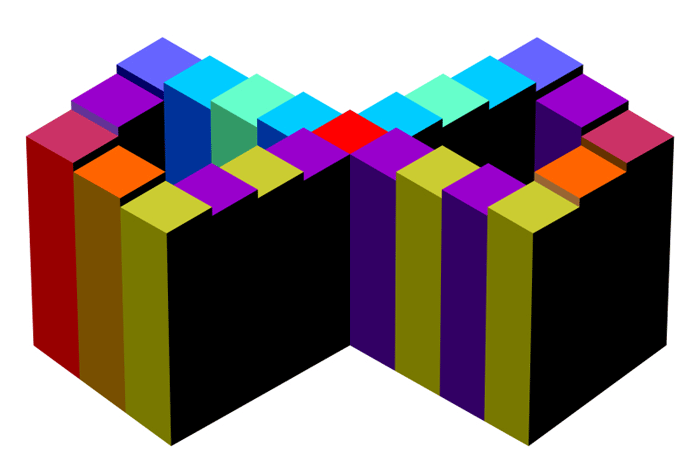
"Rotating snakes" (one of Kitaoka's best known motion illusions from September 3, 2003)
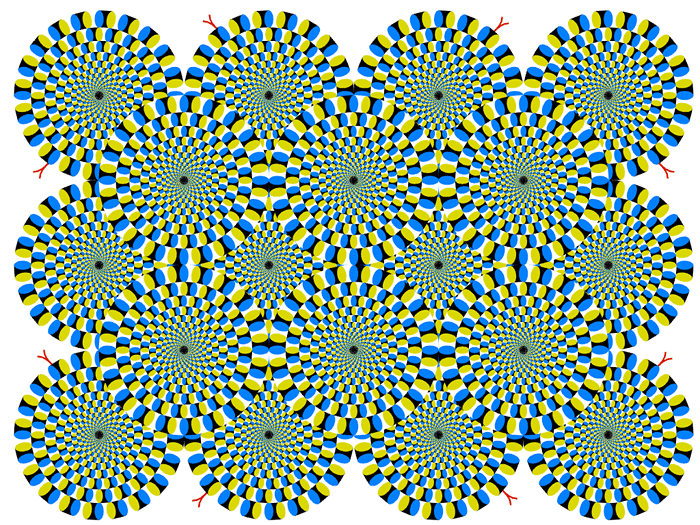
Don't forget the music
Besides having an interesting cover, the music itself deserves some attention—check out Animal Collective on Lala to have a listen. And for some more crazy visuals from the band, check out the video for "My Girls" produced by Knowmore:
Filed under: design
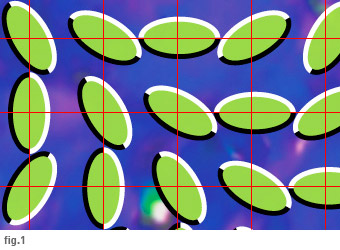
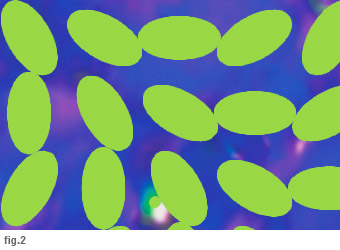
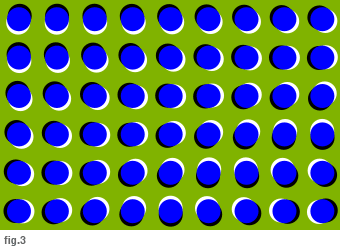

Comments